The University has already been using technology for regenerative energy production for some 30 years to make "clean" heating, cooling and ventilation possible. Aided by a capable team of technicians, it has gradually been transformed into a kind of passive house that consumes about 4,000 megawatt hours of energy annually. Fossil fuels in the university's cycle have been reduced to a minimum.
The university currently sources approximately 90% of its electricity from green energy. The remaining 10% of the power requirements are obtained from the Passau Municipal Utilities, which also boasts a significant share of renewable energies in its supply.
The university currently sources approximately 90% of its electricity from green energy. The remaining 10% of the power requirements are obtained from the Passau Municipal Utilities, which also boasts a significant share of renewable energies in its supply.

The Bavarian State Ministry of Science and Art has committed funds totaling 4.5 million euros to the University of Passau for the establishment of photovoltaic systems in the upcoming years. This investment will enable the environmentally friendly generation of a significant portion of the University's electricity demand. In the initial phase, selected University-owned buildings outside the campus will be equipped with PV modules. Simultaneously, a concept for the campus itself is being developed by the designated planning office and the Passau Municipal Utilities. Following this, the PV modules will be installed on the campus. Currently, initial installations are already underway at the university's external locations.
The Bavarian State Ministry of Science and Art has committed funds totaling 4.5 million euros to the University of Passau for the establishment of photovoltaic systems in the upcoming years. This investment will enable the environmentally friendly generation of a significant portion of the University's electricity demand. In the initial phase, selected University-owned buildings outside the campus will be equipped with PV modules. Simultaneously, a concept for the campus itself is being developed by the designated planning office and the Passau Municipal Utilities. Following this, the PV modules will be installed on the campus. Currently, initial installations are already underway at the university's external locations.
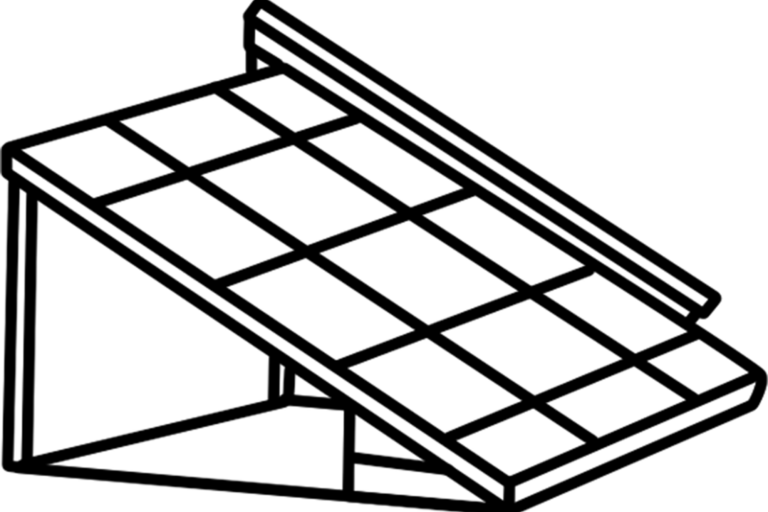
Automatically shutting down media technology significantly reduces power consumption, especially during the night. The media technology in lecture halls and seminar rooms, such as projectors, screens, speakers, etc., is automatically turned off after a maximum of 12 hours of continuous use.
Automatically shutting down media technology significantly reduces power consumption, especially during the night. The media technology in lecture halls and seminar rooms, such as projectors, screens, speakers, etc., is automatically turned off after a maximum of 12 hours of continuous use.
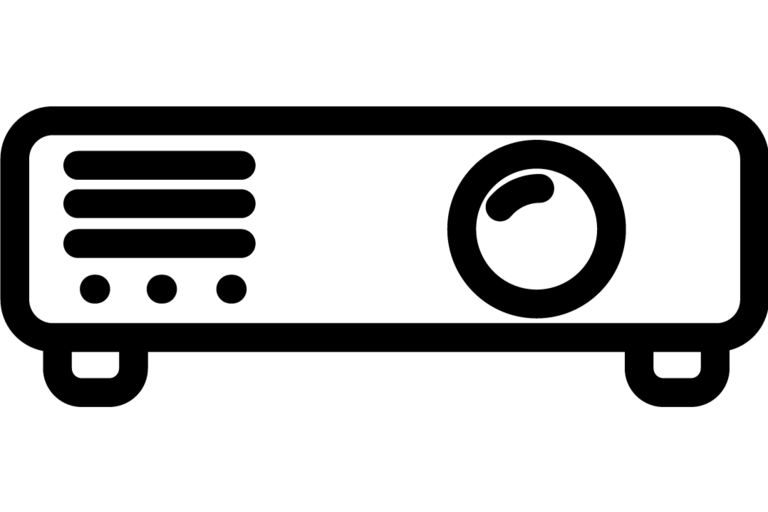
We primarily rely on energy-efficient LEDs and fluorescent tubes, which are already in use at approximately 90%. The transition to complete LED lighting is nearly completed and takes place in case of failures or defects. Motion sensors are installed in numerous buildings and the settings are adjusted according to the time of day. When adapting to different times of the day, it is also essential to consider compliance with occupational safety regulations. Therefore, hallways are often fully illuminated.
We primarily rely on energy-efficient LEDs and fluorescent tubes, which are already in use at approximately 90%. The transition to complete LED lighting is nearly completed and takes place in case of failures or defects. Motion sensors are installed in numerous buildings and the settings are adjusted according to the time of day. When adapting to different times of the day, it is also essential to consider compliance with occupational safety regulations. Therefore, hallways are often fully illuminated.

The heat supply on campus is provided by various sources, contributing to the efficient and sustainable use of energy.
The heat supply on campus is provided by various sources, contributing to the efficient and sustainable use of energy.

The University of Passau embraces modern technologies for heat recovery.
Students on campus play a significant role in our technical calculations: an individual generates around 100 watts of heat energy per hour. In a full lecture hall, especially when a projector is in use, heat is produced that we can use the energy from our students not only to heat the room but also more. In the ventilation systems of lecture halls and seminar rooms, highly efficient heat recovery systems are installed, capable of extracting up to 95% of the heat energy from the room exhaust air to warm the fresh air entering the room.
Approximately 6% of the total heat demand is covered by utilizing the waste heat from server rooms on campus. The waste heat is further heated through heat pumps and fed into the heating networks of various buildings.
An environmentally friendly approach is adopted for hot water supply to the Nikolakloster Cafeteria and the cafeteria. The waste heat from the refrigeration units is used to heat the hot water for cafeteria and kitchen operations.
The University of Passau embraces modern technologies for heat recovery.
Students on campus play a significant role in our technical calculations: an individual generates around 100 watts of heat energy per hour. In a full lecture hall, especially when a projector is in use, heat is produced that we can use the energy from our students not only to heat the room but also more. In the ventilation systems of lecture halls and seminar rooms, highly efficient heat recovery systems are installed, capable of extracting up to 95% of the heat energy from the room exhaust air to warm the fresh air entering the room.
Approximately 6% of the total heat demand is covered by utilizing the waste heat from server rooms on campus. The waste heat is further heated through heat pumps and fed into the heating networks of various buildings.
An environmentally friendly approach is adopted for hot water supply to the Nikolakloster Cafeteria and the cafeteria. The waste heat from the refrigeration units is used to heat the hot water for cafeteria and kitchen operations.

The thermal solar system on the roof of the building between the cafeteria and the central library had exceeded its lifespan and needed renewal. Through simultaneous hydraulic optimization, the overall capacity was increased to 30 kWp. This system now provides hot water to the cafeteria. The use of electric cassette heaters, which previously heated the hot water in the summer, is significantly reduced as a result. The operations team anticipates an energy savings of 35 MWh or 6,000 euros per year.
The thermal solar system on the roof of the building between the cafeteria and the central library had exceeded its lifespan and needed renewal. Through simultaneous hydraulic optimization, the overall capacity was increased to 30 kWp. This system now provides hot water to the cafeteria. The use of electric cassette heaters, which previously heated the hot water in the summer, is significantly reduced as a result. The operations team anticipates an energy savings of 35 MWh or 6,000 euros per year.
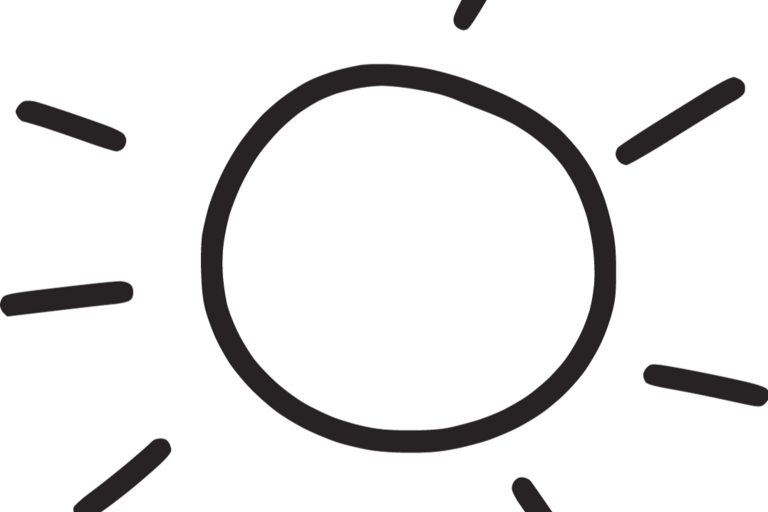
On campus, two cooling networks are active, comprising a total of five cooling units. One network supplies NK and PHIL, while the other is responsible for the remaining campus buildings. These cooling systems play a crucial role in maintaining comfortable room temperatures and ensuring efficient operations in various campus areas.
The University utilizes an adiabatic cooling system for cooling. This system leverages the evaporation of water to lower room temperature without consuming additional energy. Air is passed through a moist medium, such as water or specific cooling pads. As the water evaporates, it absorbs heat from the air, cooling it down. The cooler air is then directed into the room to regulate the temperature. Adiabatic cooling systems are environmentally friendly and energy-efficient, as they are consuming less electricity.
Additionally, the refrigeration system relies on five cold storage units to store the generated cold and use it on demand.
On campus, two cooling networks are active, comprising a total of five cooling units. One network supplies NK and PHIL, while the other is responsible for the remaining campus buildings. These cooling systems play a crucial role in maintaining comfortable room temperatures and ensuring efficient operations in various campus areas.
The University utilizes an adiabatic cooling system for cooling. This system leverages the evaporation of water to lower room temperature without consuming additional energy. Air is passed through a moist medium, such as water or specific cooling pads. As the water evaporates, it absorbs heat from the air, cooling it down. The cooler air is then directed into the room to regulate the temperature. Adiabatic cooling systems are environmentally friendly and energy-efficient, as they are consuming less electricity.
Additionally, the refrigeration system relies on five cold storage units to store the generated cold and use it on demand.
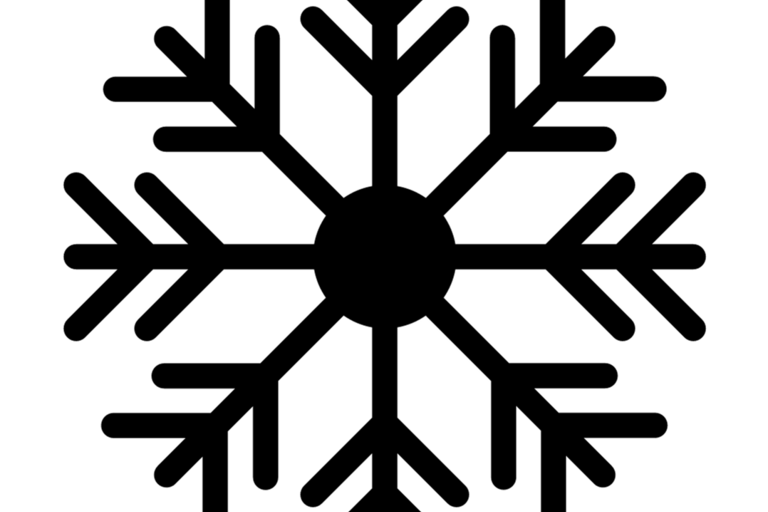
Refrigerants are chemical substances used in refrigeration and air conditioning systems to transport heat. Fluorinated gases (F-gases) contribute to global warming as they cause a greenhouse effect several times more potent than CO2.
The University of Passau has been operating a refrigeration machine using water as refrigerant to reduce greenhouse gas potential. In the testing phase, a superior control system for the refrigeration machine was developed, channeling the waste heat from the refrigeration machine into the university's heating network. As a result, the system achieves performance ratios of up to 8, making it nearly twice as efficient as existing systems. Due to these positive results, the system has now been expanded with an additional unit.
Refrigerants are chemical substances used in refrigeration and air conditioning systems to transport heat. Fluorinated gases (F-gases) contribute to global warming as they cause a greenhouse effect several times more potent than CO2.
The University of Passau has been operating a refrigeration machine using water as refrigerant to reduce greenhouse gas potential. In the testing phase, a superior control system for the refrigeration machine was developed, channeling the waste heat from the refrigeration machine into the university's heating network. As a result, the system achieves performance ratios of up to 8, making it nearly twice as efficient as existing systems. Due to these positive results, the system has now been expanded with an additional unit.
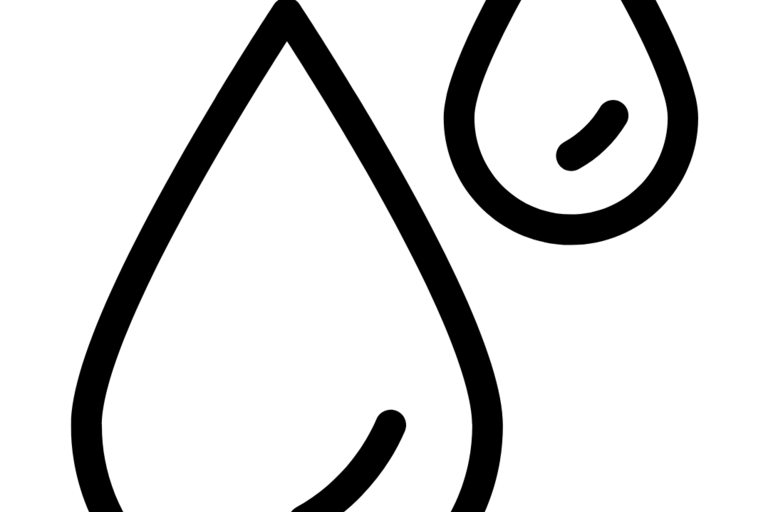
The ventilation times are tailored to the use of the rooms. The occupancy schedules of the rooms from Stud.IP are directly integrated into the ventilation system. This adjustment enables efficient ventilation that aligns directly with room usage, contributing to ensuring an optimal room climate. This helps save electricity.
The ventilation times are tailored to the use of the rooms. The occupancy schedules of the rooms from Stud.IP are directly integrated into the ventilation system. This adjustment enables efficient ventilation that aligns directly with room usage, contributing to ensuring an optimal room climate. This helps save electricity.

Die Betriebstechnik der Universität Passau hat für ein Rechenzentrum im Gebäude Informatik und Mathematik ein energiesparendes Kühlsystem mit Warm- und Kaltgängen mit einer Gesamtkälteleistung von 60 kW, erweiterbar auf bis zu 180 kW, installiert. Ohne aufwendige Klimatisierung des gesamten Raumes ermöglicht dieses Konzept eine gezielte Kühlung der einzelnen Server, was Energie für die Lüftung einspart und durch die höhere Temperatur der Abwärme zu einer Effizienzsteigerung führt.
Die Betriebstechnik der Universität Passau hat für ein Rechenzentrum im Gebäude Informatik und Mathematik ein energiesparendes Kühlsystem mit Warm- und Kaltgängen mit einer Gesamtkälteleistung von 60 kW, erweiterbar auf bis zu 180 kW, installiert. Ohne aufwendige Klimatisierung des gesamten Raumes ermöglicht dieses Konzept eine gezielte Kühlung der einzelnen Server, was Energie für die Lüftung einspart und durch die höhere Temperatur der Abwärme zu einer Effizienzsteigerung führt.

Die Universität Passau betreibt eine Innwasserentnahmestelle am ITZ-Gebäude, mit welcher es möglich ist, sowohl Kälte für Raumklimatisierung und Prozesskühlung als auch Wasser für die Bewässerung des Sportplatzes bereitzustellen. Durch die Sportzplatzbewässerung werden 5000 bis 6000 Kubikmeter wertvolles Trinkwasser pro Jahr eingespart. Zusätzlich wird das Innwasser über einen Wärmetauscher geleitet und kühlt zusätzlich das Kältenetz ab.
Die Universität Passau betreibt eine Innwasserentnahmestelle am ITZ-Gebäude, mit welcher es möglich ist, sowohl Kälte für Raumklimatisierung und Prozesskühlung als auch Wasser für die Bewässerung des Sportplatzes bereitzustellen. Durch die Sportzplatzbewässerung werden 5000 bis 6000 Kubikmeter wertvolles Trinkwasser pro Jahr eingespart. Zusätzlich wird das Innwasser über einen Wärmetauscher geleitet und kühlt zusätzlich das Kältenetz ab.

The responsibility for the construction and renovation of University buildings lies with the State Construction Office.
During the construction of the buildings, strict adherence to the legal requirements of the Energy Saving Ordinance (EnEV) and the Building Energy Act (GEG) is ensured. Some buildings also meet higher energy standards, although without official certification.
The responsibility for the construction and renovation of University buildings lies with the State Construction Office.
During the construction of the buildings, strict adherence to the legal requirements of the Energy Saving Ordinance (EnEV) and the Building Energy Act (GEG) is ensured. Some buildings also meet higher energy standards, although without official certification.

We not only aim to save energy and reduce CO2 emissions but also strive to use sustainable building materials. Whenever possible, we opt for silicate paint, insulate with mineral foam panels and avoid the use of chemicals and plastics.
We not only aim to save energy and reduce CO2 emissions but also strive to use sustainable building materials. Whenever possible, we opt for silicate paint, insulate with mineral foam panels and avoid the use of chemicals and plastics.

You want to be regularly informed about opportunities to participate in climate protection and sustainability? Sign up for the ClimUP-Newsletter!
Do you have sustainability-related questions or suggestions? Send us an email at nachhaltigkeit@uni-passau.de.